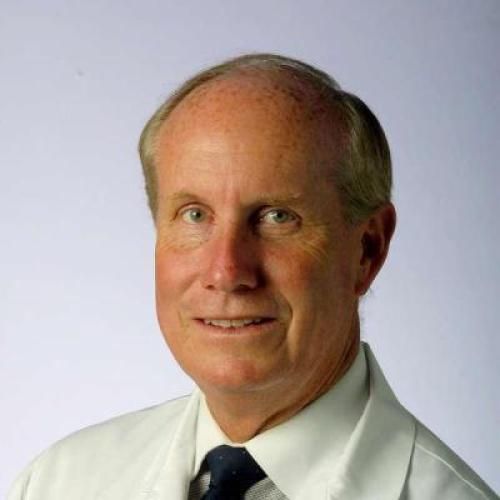Optimal NIV Medicare Access Promotion: Patients With Central Sleep Apnea: A Technical Expert Panel Report From the American College of Chest Physicians, the American Association for Respiratory Care, the American Academy of Sleep Medicine, and the American Thoracic Society.
This document summarizes suggestions of the central sleep apnea (CSA) Technical Expert Panel working group. This paper shares our vision for bringing the right device to the right patient at the right time. For patients with CSA, current coverage criteria do not align with guideline treatment recommendations. For example, CPAP and oxygen therapy are recommended but not covered for CSA. On the other hand, bilevel positive airway pressure (BPAP) without a backup rate may be a covered therapy for OSA, but it may worsen CSA. Narrow coverage criteria that require near elimination of obstructive breathing events on CPAP or BPAP in the spontaneous mode, even if at poorly tolerated pressure levels, may preclude therapy with BPAP with backup rate or adaptive servoventilation, even when those devices provide demonstrably better therapy. CSA is a dynamic disorder that may require different treatments over time, sometimes switching from one device to another; an example is switching from BPAP with backup rate to an adaptive servoventilation with automatic end-expiratory pressure adjustments, which may not be covered. To address these challenges, we suggest several changes to the coverage determinations, including: (1) a single simplified initial and continuing coverage definition of CSA that aligns with OSA; (2) removal of hypoventilation terminology from coverage criteria for CSA; (3) all effective therapies for CSA should be covered, including oxygen and all PAP devices with or without backup rates or servo-mechanisms; and (4) patients shown to have a suboptimal response to one PAP device should be allowed to add oxygen or change to another PAP device with different capabilities if shown to be effective with testing.
Duke Scholars
Altmetric Attention Stats
Dimensions Citation Stats
Published In
DOI
EISSN
Publication Date
Volume
Issue
Start / End Page
Location
Related Subject Headings
- United States
- Time-to-Treatment
- Sleep Apnea, Central
- Respiratory System
- Patient Selection
- Oxygen Inhalation Therapy
- Noninvasive Ventilation
- Medicare
- Hypoxia
- Humans
Citation
Published In
DOI
EISSN
Publication Date
Volume
Issue
Start / End Page
Location
Related Subject Headings
- United States
- Time-to-Treatment
- Sleep Apnea, Central
- Respiratory System
- Patient Selection
- Oxygen Inhalation Therapy
- Noninvasive Ventilation
- Medicare
- Hypoxia
- Humans

